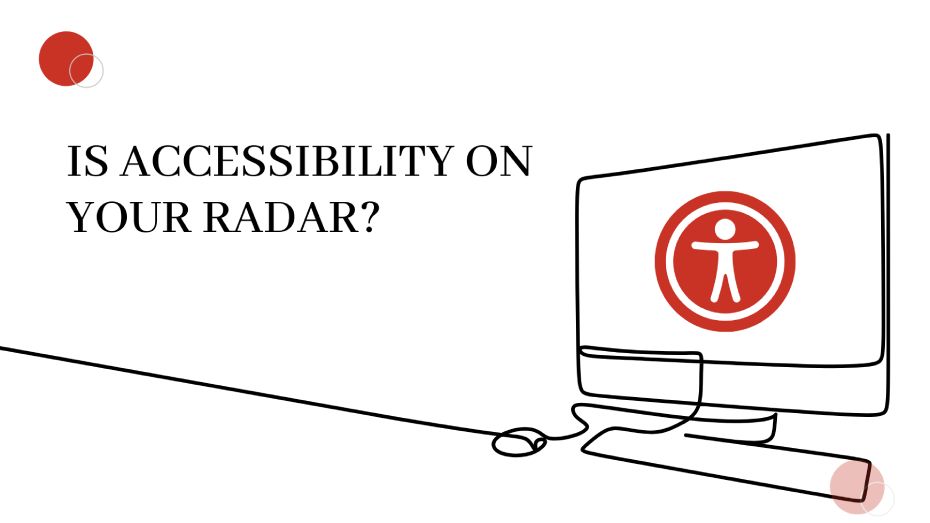Can you imagine a world where you cannot order food online, access your study material online, go into a building which does not have wheelchair access or even watch a movie for lack of subtitles? Unfortunately, there are millions of people in the world who face these challenges on a daily basis. The World Health Organization (WHO) has identified over 1 billion disabled people, 20% of whom live with great functional difficulties in their day-to-day lives.
Who Benefits from Accessible Design?
It can be anyone whose access to information, activities, and/or environments is impeded by a temporary, recurring, or permanent condition, including cognitive, physical mobility, auditory, verbal, or ocular disabilities; age, language, culture, education; economic position and technological aptitude. Barriers to accessibility can be of various kinds too. Let’s take a closer look.
The Roadblocks
- Architectural barriers include buildings or outdoor spaces that hinder access to PwDs. It can be the design of the stairs, doorways that are too narrow, or desks that are too high for wheelchair access.
- Organizational barriers are policies that unfairly discriminate against persons with disabilities. An insensitive instance might be when a business lacks any particular policy in recruiting PwDs.
- Attitudinal barriers include behaviors and perceptions discriminating against PwDs . A common example is the assumption that a person with a disability is inferior.
- Information or communication barriers occur when sensory disabilities, such as seeing, hearing, or learning disabilities, are neglected. Some examples are unformatted electronic documents unreadable by a screen reader, or minuscule print.
- Technology barriers happen when a device or platform is accessible neither on its own, nor with an assistive device. Websites not meeting accessibility standards and Learning Management Systems (LMSs) inaccessible by screen-readers are examples.
Universal Design: Solving Challenges
These challenges are being countered by the inclusive concept of Universal Design which ensures both direct (unassisted) and indirect access (with assistive technology like screen-readers) to products and services. Though it removes all barriers for PwDs, accessibility technology benefits all users.
The term ‘Universal Design’ was coined by architect Ronald Mace to describe the designing of products and environments to be aesthetic and usable to the greatest extent possible, regardless of age, ability, or situation. Today, socially conscious enterprises, governments and individual entities are moving towards accessible environments in various areas like legislation, employment, architecture, transportation and education. From providing level access from curbs and smart cards for fare collection, to the removal of turnstiles; all of it is enhancing user experience for all of us.
The Digital Access
As learning moved online with the COVID-19 pandemic, designing accessible Science, Technology, Engineering and Mathematics (STEM) content became a key learning requirement. Accessible STEM content, particularly STEM image accessibility, will provide equal access to all and improve overall functionality and user experience.
